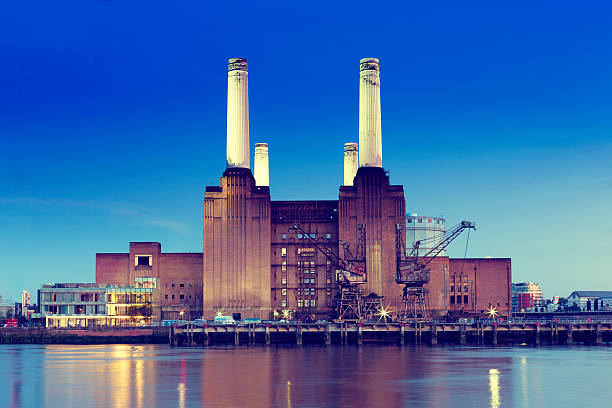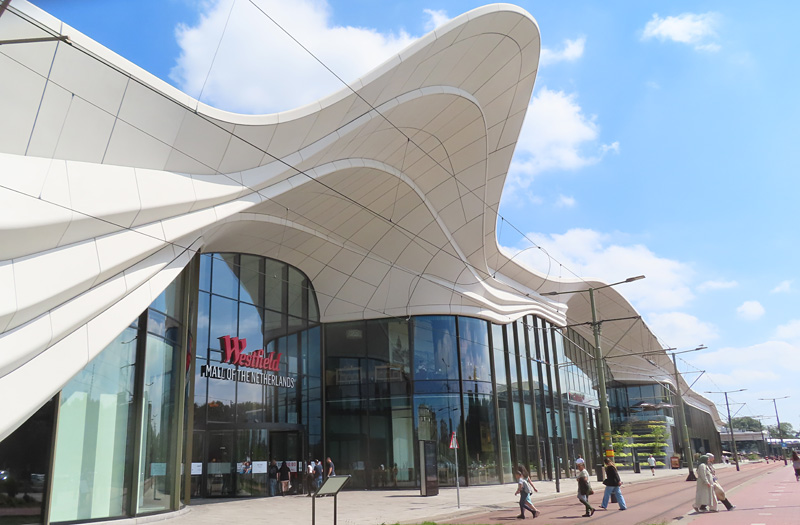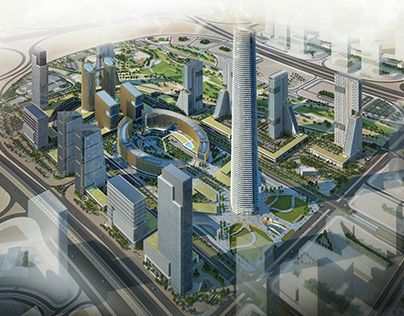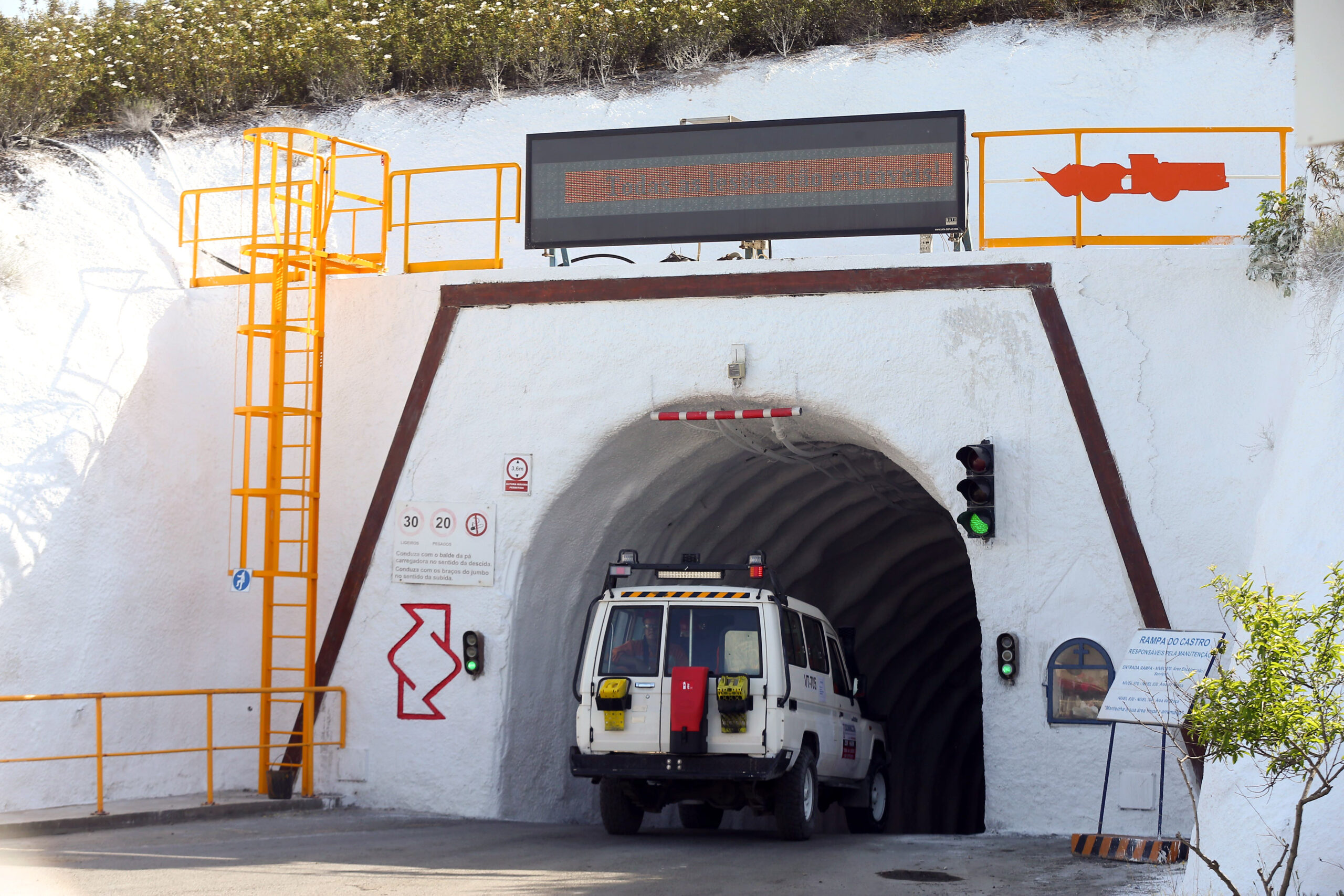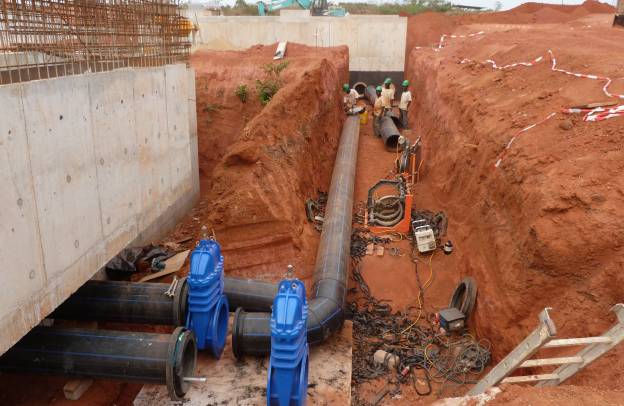
Build, own, operate, transfer (BOOT) is an attractive model for delivering infrastructure projects efficiently; and Ghana Water Company Limited is becoming wedded to the idea as it strives to expand its network.
The first public water supply system in the Gold Coast—its name before Ghana became the first African nation to throw off colonial rule in 1957—was installed in 1912. The newly independent nation established a Water Supply Division, responsible for both rural and urban water supplies, though outside the major population centres people mainly relied on boreholes and wells. Restructuring of both urban and rural water supply and wastewater provision continued post-independence right up to the establishment of Ghana Water Company Limited (GWCL) in 1999, when it was made responsible solely for urban supply and relieved of responsibility for downstream waste water treatment and disposal.
Thus in the 21st century, the state-owned enterprise has had a clear mission: to deliver the government’s commitment to supply water to the urban population of Ghana. “We need to make sure that all of our cities are equipped with a modern and efficient water supply, and that is why we are undertaking expansion and rehabilitation projects throughout the country,” says GWCL’s director of Public Relations, Michael Agyeman. The size of the problem is illustrated by a simple statistic, he adds: at present the company is delivering 692,000 cubic metres of water a day through its network but the estimated current demand is for almost twice that amount—there’s a long way to go.
But this is a moving target. Ghana’s is one of the fastest growing economies in West Africa, attracting inward investment partly for historical reasons, like its strategic geographical location, its established Atlantic ports and above all its political stability; and partly because it is experiencing a boom in resources. The high price of gold and other minerals has driven a mining boom, and recent oil discoveries off the coast of Ghana mean that it is potentially a very rich country indeed.
But this activity has the effect of accelerating migration from country to town. With an estimated population of about four million, Ghana’s capital Accra is today one of the largest and fastest-growing cities in Africa, with an annual growth rate of 3.36 per cent. Its adjacent port, Tema, is expanding, as is the western port of Takoradi, the focus of the new oil industry. Between them it is estimated these ports will soak up $2.25 billion in investment, with a corresponding growth in the urban population.
Despite having experienced short-term water shortages during the dry season, no part of Ghana is lacking in surface water, says Agyeman. “We can tap into our major rivers—it is mainly a question of getting the treatment and pumping plant and the pipelines into place.” In common with most African economies, Ghana is having to look abroad for the capital investment to move these projects forward. In particular, he says, the needs of the western side of the country remain relatively unaddressed, though this is the fastest-growing region. “In 2008 we completed some major water supply projects in the city of Cape Coast in the central region, and we are trying to improve the situation in Takoradi by diverting some of that supply. That should improve the situation somewhat until we can get the big projects on-line.”
He is referring to a $287 million contract recently signed with Sinomach of China. The project includes constructing a new treatment plant with a daily storage capacity of 100,000 tons, upgrading two existing water works, constructing a water-transmission line of 60 kilometres and constructing water storage dams and a 100 kilometre water distribution pipeline. “The western part of the country is being very much affected by the oil find: a lot of subsidiary industries are springing up and the population is increasing.”
Like most of the existing projects, this is an EPC (engineering, procurement and construction) contract funded by an overseas bank, in this case from China. China has been a good friend to GWCL, backing the largest and longest water supply project of all, the Kpong Water Project, which started in June 2011 and is due for completion in 2015. The lead contractor, China Gezhouba Group, is working with local subcontractors to deliver the $273 million expansion scheme which will see 40 million gallons a day added, and a considerable improvement to the capital’s water supply situation.
There are 11 current projects spread across the country, each addressing a different type of problem, he continues. Accra and Tema are the first priority, followed closely by the twin cities of Takoradi and Sekondi. However, the provincial centres are not being neglected. “We completed a project for the central city of Kumasi about three years ago, but even Kumasi is expanding and there is now an additional project just to boost their supply.”
To the east, the recently completed Koforidua Water Supply Project was financed to the tune of €38.3 million through grants and loans from Belgian sources. It brought potable water to more than 200,000 people, while a more generalised Urban Water Project funded by the World Bank and the Netherlands government has been addressing the problem of leakage and inadequate pipework, replacing PVC with high density polyethylene. “In most of the areas we have rehabilitated and expanded we need to rehabilitate the pipelines too. Over the last five years we have poured more than $200 million into renewing our pipelines. Leakage is a big problem: some of the pipelines have been there for more than 70 years, and some are so old we don’t even know where they are!”
The northern capital Tamale recently benefitted from a $5.3 million investment from MiDA, Ghana’s Millennium Development authority, and currently does not have a problem, though some other towns in the north do present a challenge, he says. “Take Wa, right up in the north-western corner of the country, where the people have been depending on boreholes for their water. We propose to bring water from the Black Volta River to provide Wa with a permanent water supply and we are in talks with the Asian Development Bank and the African Development Bank as well as the Netherlands government, which has shown a lot of interest in funding projects here in Ghana.”
One would not think that in a country that gets as much rainfall as Ghana, you would need desalination technology. However, GWCL has a special reason for looking carefully at a 13.2 million gallon-per-day plant being built at the coastal town of Teshie, a suburb of Accra. It’s being built by the Spanish company Befesa Aqua Limited on a build, own, operate and transfer (BOOT) basis. The contractor owns the plant, and recoups its investment by selling the treated water back to GWCL: at the end of the agreed period, ownership is transferred to GWCL, which thus acquires the asset without having to make any capital investment of its own.
This model is one GWCL would like to adopt in the future, says Agyeman: “BOOT benefits both parties; it’s a commercial proposition for the contractor, while bringing in overseas capital, know-how and technology.” It is ideal for infrastructure projects like those in GWCL’s pipeline, since the commercial and operational risks are borne by the private contracting company.
Written by John O’Hanlon; research by James Boyle
DOWNLOAD
 GhanaWater-EMEA-July12-Bro-s.pdf
GhanaWater-EMEA-July12-Bro-s.pdf



